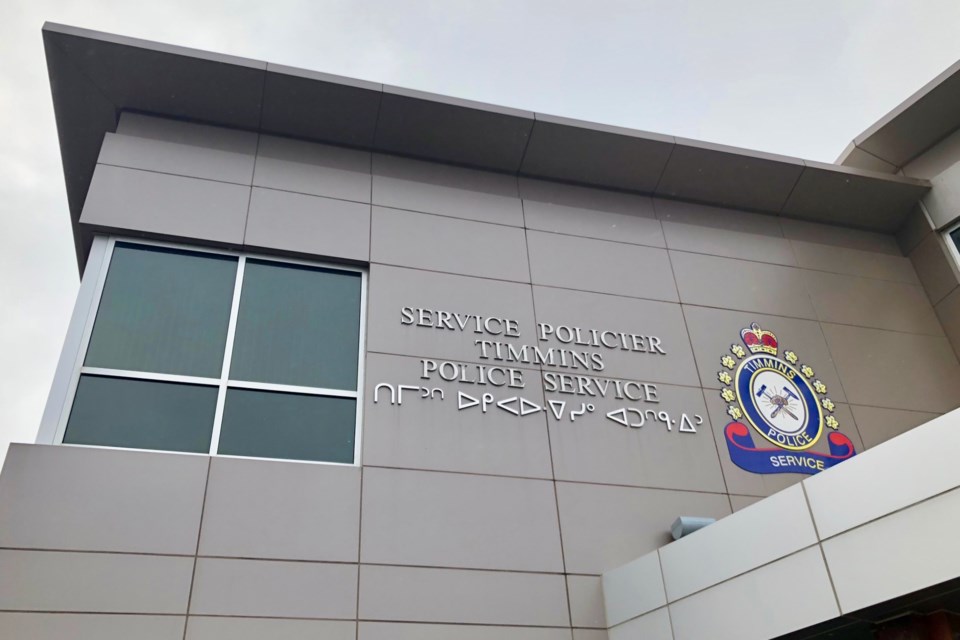Timmins Police Service (TPS) uniform members are taking steps to improve their knowledge and understanding of Indigenous people.
During the annual TPS training held in March, Nishnawbe Aski Nation Legal members Shannon Naveau and Lenny Carpenter talked to officers about the Gladue report and principles.
The idea to invite NAN Legal came through the TPS Indigenous Advisory Committee, said Brenda Beaven, Timmins Police community liaison co-ordinator.
At the bail or sentencing stage, the Gladue report allows the court to take an Indigenous person's background and systemic factors into consideration when deciding what type of sentencing the individual will get.
“The intent is for it to be less jail time to reduce the number of Indigenous offenders in the jail system,” Beaven said.
The police aren't involved with the Gladue process as it comes after the arrest is made and charges are laid.
The training is meant to provide members with an understanding of what the Gladue report is about and how it takes into consideration the individual’s history, which might explain why the person committed an offence in the first place, Beaven explained.
“It allows the officers to think about that while they’re making the arrest,” she said.
The Gladue process doesn’t always apply to Indigenous people as it depends on the severity of a crime or whether it’s a first-time offender, Beaven noted.
If it’s a first-time offender or not a very serious crime, the officers can also guide Indigenous offenders to NAN Legal who can explain what’s going to happen during the legal process, help them in a traditional language or explain how the Gladue report could help them, Beaven said.
In February, Beaven also attended the virtual Kairos Blanket Exercise. Because of the pandemic, other TPS members weren’t able to participate.
Beaven said it’s an exercise that is better held by a large group of people, so it would be difficult to have that many people attend at one time. It would also be difficult to have that many computers used for one sitting, she said.
She said she’d heard about the exercise before and took it to see what it would be like.
“It brought to the forefront more of an understanding of some of the stuff I knew. It had a lot to do with residential schools and the '60s Scoop ... what it might feel like to have your culture taken away from you, your way of life, your language, your parents being taken away from you or you being taken away from your parents," Beaven said. "It kind of gave a sliver of what that might have been like for some of these folks.”
She said she’s looking into getting TPS officers and other city employees to attend the program as doing the Blanket Exercise would be an “amazing way” to foster relationships with Indigenous community members and partners.



